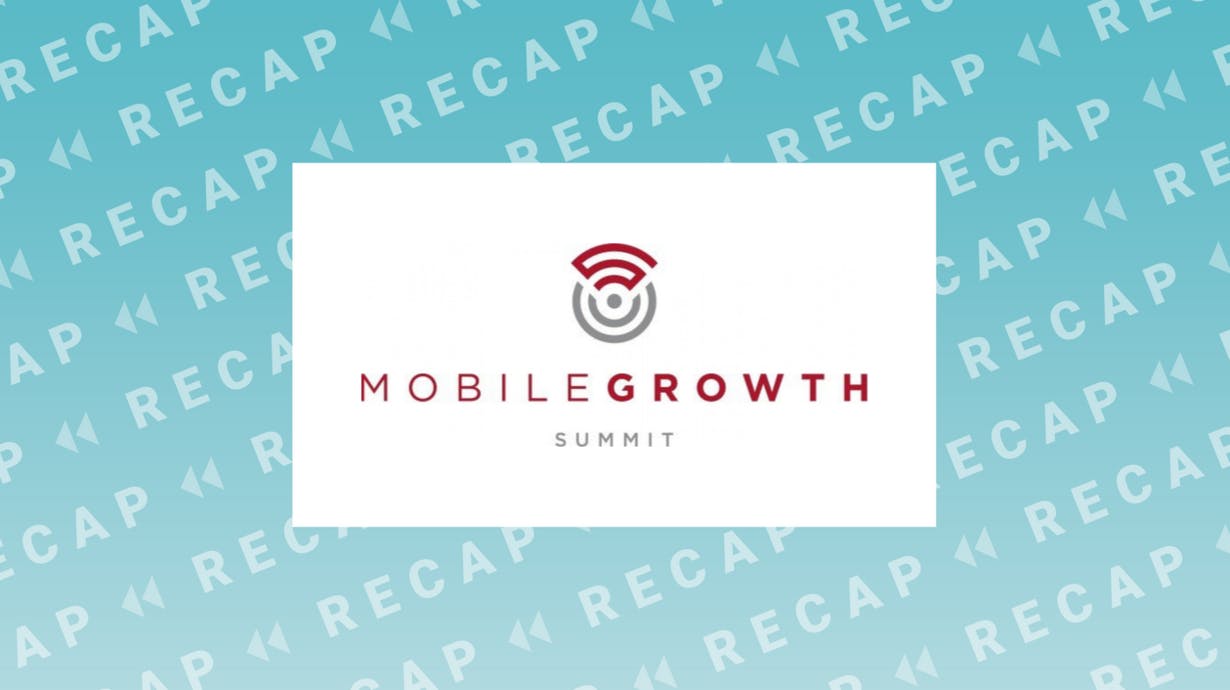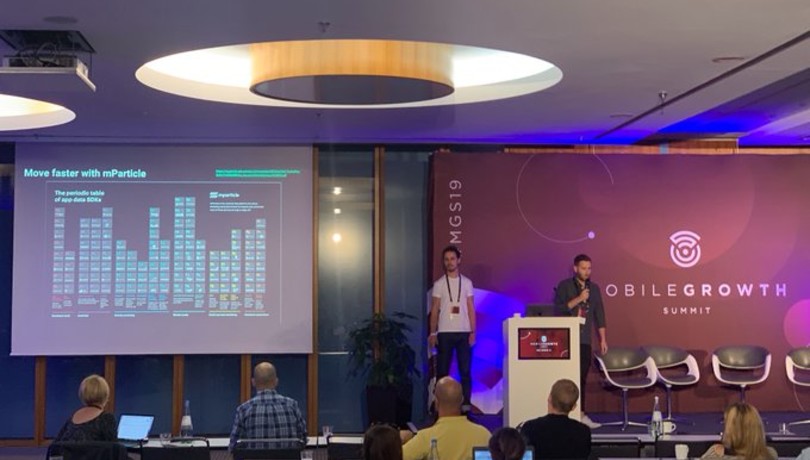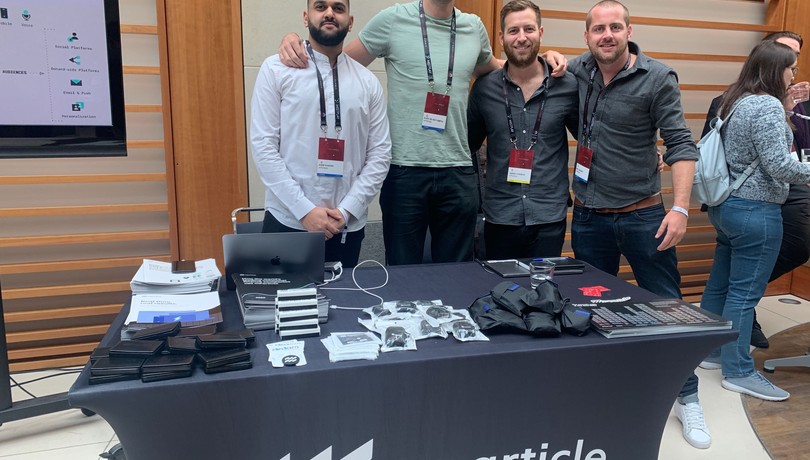Mobile Growth Summit Berlin 2019 Recap
EMEA Sales Director Henry Church shares a recap of the key themes discussed at this year’s Mobile Growth Summit Berlin.

Today, the bar set for consumer preferences is sky high and is evolving more rapidly than ever before. Brands are realizing that it is extremely difficult to deliver omni-channel customer experiences that can keep pace with consumer needs.
It is with this challenge in mind that thousands of mobile growth and brand marketing professionals met at Mobile Growth Summit Berlin to discuss the strategies and technologies they use to solve for initiatives such as user acquisition, monetization, retention/engagement, re-engagement, data science and analytics.
Whilst there, I even had the pleasure of sharing the stage with Tom Packebusch, Head of Experimentation at Invia Group, the European authority on digital travel services. During our session, we discussed the ins and outs of Customer Data Platforms (CDPs) and the role that mParticle plays in delivering one-to-one customer experiences at scale for Invia’s millions of customers.

CDPs are everywhere
CDPs have risen in prominence significantly in the last 24 months. As marketing tech, SaaS, and cloud software have accelerated, brands have encountered difficulty maintaining a high fidelity of customer data across increasingly complex and multi-dimensional customer journeys. CDPs make it possible to ingest customer data from across all those touchpoints, unify and standardize it to gain a single view of the customer, and activate it across the MarTech stack in real time. But that said, implementing a CDP can seem like a massive undertaking to some….
CDPs are for everyone
Often, people think CDPs are more complex than they are. In those cases, it’s assumed that implementing a CDP is a massive project only meant for large enterprises. In fact, CDPs are used for less complex, short-term wins at smaller organizations.
While it’s true that mParticle does power the growth of enterprise brands such as DeliveryHero, Spotify, Airbnb, and King.com, we’re also very well suited for driving expansion at startups. The fact is, companies of all sizes should be considering a CDP to optimize their customer experience because providing a seamless user experience with unified data is one of the only ways to gain a competitive advantage in the market today.

CDPs can enhance vs replace existing systems
Furthermore, there’s no denying the world has changed considerably since most brands first purchased their data management platforms (DMP). To help navigate these changes, many companies have invested in BI & Data teams and believe that buying a CDP is an admittance of defeat that would render that investment moot. That is simply not the case.
In fact, part of the recent interest in customer data platforms (CDPs) has stemmed from the fact that they make it possible to modernize one’s DMP strategy without a wholesale ‘rip and replace’ of existing systems or employees. When leveraged properly, CDPs and DMP technologies can be used together to help you turn your customer data into a growth asset and support, not replace, your human capital investments in BI & Data teams.
Interested in learning more? Download our guide aimed at helping brands address challenges posed to their data strategy by GDPR, the rise of Walled Gardens, and browser tracking preventions.



